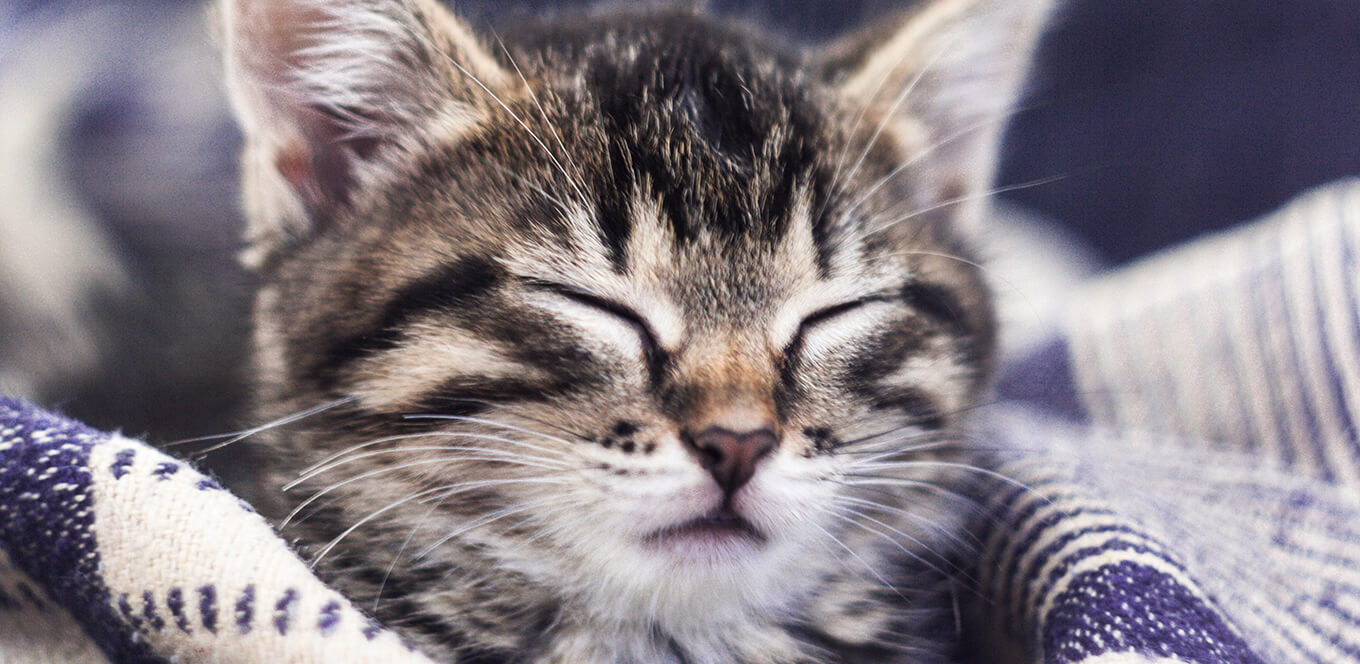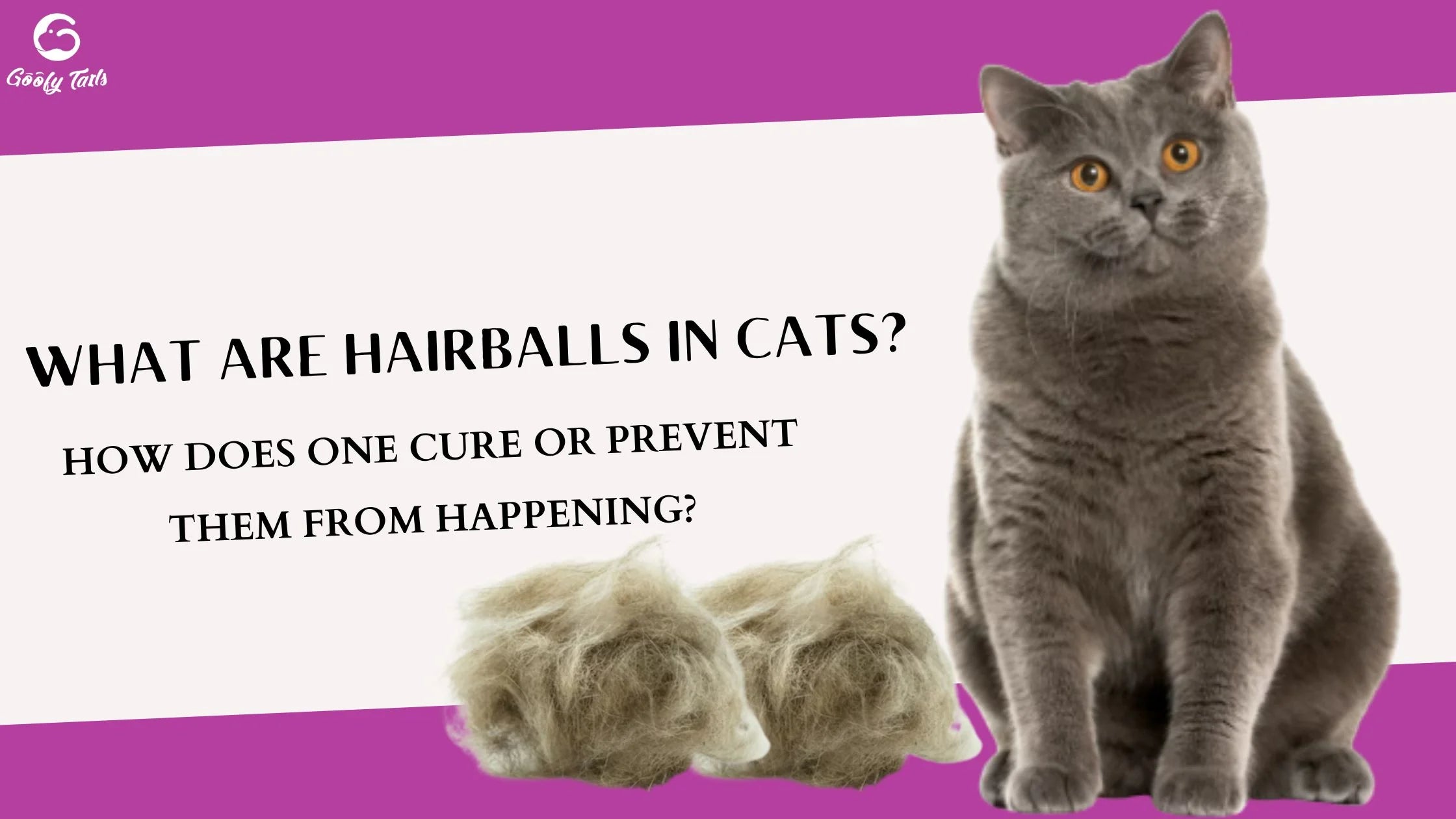When Do Cats Start Dealing with Hairballs?
The curiosity of cats is well-documented, as is their penchant for grooming themselves meticulously. However, this natural grooming behavior comes with its set of challenges when hairballs begin to form. For any cat owner, understanding when cats get hairballs is not just informative but essential for ensuring the health and comfort of your feline friends.

Hairball issues generally kick in when a cat starts grooming, which can often be around 6 months of age. This is a significant period because kittens begin to transition from mostly sleeping and playing to exhibiting more adult cat behaviors, including grooming themselves and others.
What Leads to Hairball Formation?
Cat hair doesn’t just sit on their coat; as they groom, they ingest loose hairs. Typically, these hairs are moved through the digestive tract and excreted with their stool. However, sometimes, the hair clumps together in the stomach, forming what we know as hairballs or trichobezoars. While grooming is innate, several factors can contribute to cats getting more hairballs:
- Coat Length and Type: Long-haired breeds like Persians or Maine Coons have a higher propensity to form hairballs due to the sheer volume of fur they ingest.
- Shedding Seasons: Cats shed more seasonally, usually in spring and fall, which can increase the likelihood of hairballs.
- Age: Interestingly, while younger cats might not face this issue, with age comes a downturn in gastrointestinal motility, meaning older cats can have trouble passing hair through their system.
- Health Conditions: Certain health issues like thyroid problems or motility disorders can affect the digestive system’s ability to deal with hair.
Prevention and Management Strategies
For cat owners, the age at which cats get hairballs isn’t as crucial as knowing how to mitigate the hairball problem:
-
Regular Grooming: Brushing your cat frequently, especially during shedding seasons, reduces the amount of hair they can swallow. Long-haired cats benefit particularly from this practice.
-
Dietary Supplements: Certain cat foods and supplements contain special fibers or oils designed to move hair through the digestive tract more efficiently, helping to reduce hairball formation.
-
Monitor Health: If you notice that hairballs are becoming a persistent problem or if they’re accompanied by other symptoms like vomiting, lethargy, or refusal to eat, a vet visit might be warranted.
-
Hydration and Exercise: Encouraging your cat to drink more water or providing wet food can facilitate smoother digestion. Additionally, engaging them in play to promote gastrointestinal mobility can help.
-
Home Remedies: Some pet owners might opt for natural solutions like petroleum jelly or pumpkin, which add lubricity to the digestive system.

How to Help Your Cat
When hairballs do occur, knowing how to assist your cat can be very beneficial:
-
Coughing Technique: If you notice your cat trying to cough up a hairball, provide a cool, undisturbed space. Sometimes, gently massaging the throat can help move the hairball along.
-
Hydration: Ensuring your cat remains hydrated can soften hairballs, making them easier to pass through or cough out.
-
Monitor Size and Frequency: Large, frequent hairballs or issues when coughing them up might signal that something else is amiss and deserves a closer look by a vet.
Understanding the timeline when cats get hairballs can guide cat owners in proactive care. From the first grooming sessions of kittenhood to the more leisurely grooming of older felines, every phase of a cat’s life comes with its grooming challenges. Being attentive to your cat’s grooming habits, providing the right tools for prevention, and knowing when to seek help can keep your pet healthy, happy, and free from unsightly and uncomfortable hairball hiccups.



